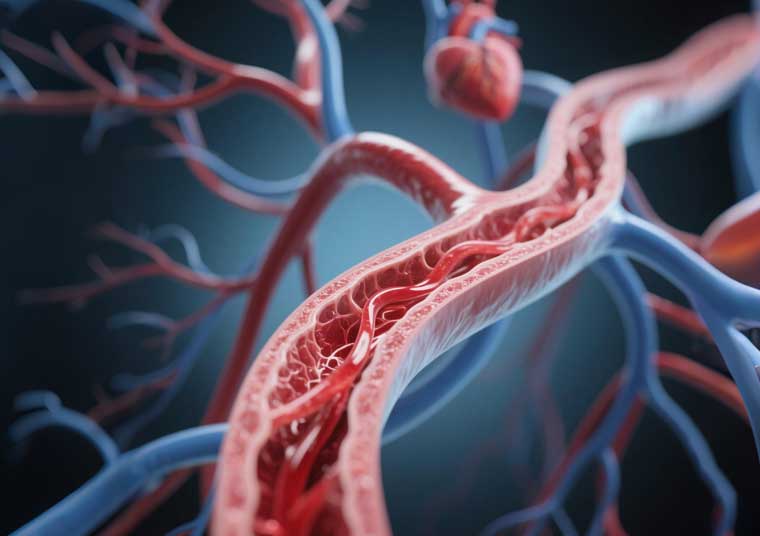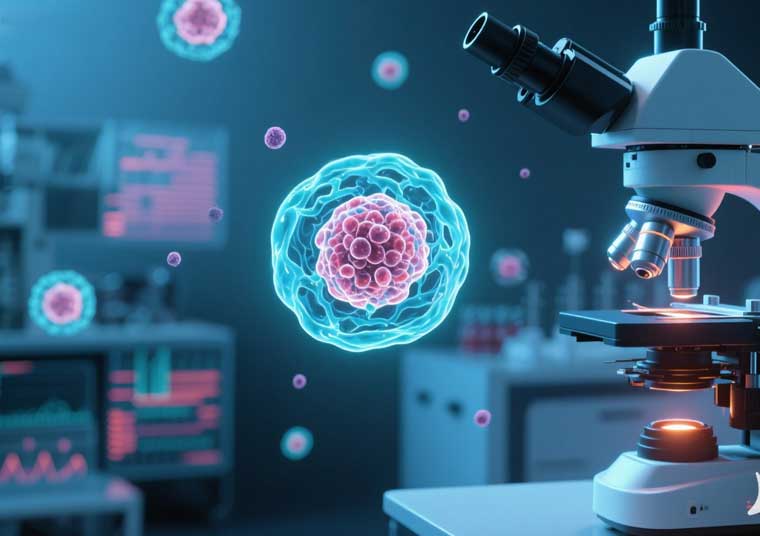 Go Back To Menu
Go Back To Menu
Stem cell technology has shown remarkable results in the treatment of neurological diseases such as Parkinson’s disease, Alzheimer’s disease, and spinal cord injury. Through stem cell transplantation, damaged nerve cells can be replaced, thereby restoring nervous system function. In addition, stem cells can secrete various neurotrophic factors to promote the repair and regeneration of nerve cells. Looking ahead to 2025, this technology is expected to become a routine treatment for these diseases.
In 2024, researchers at Stanford University in the United States successfully promoted the recovery of motor and sensory functions in spinal cord injury patients through neural stem cell transplantation. By 2025, stem cell therapy is expected to become the standard treatment for spinal cord injuries. A worker named Wei Riqiang from Shaoshan, Guangdong, successfully regained consciousness and mobility after receiving stem cell therapy.
A research team at Harvard University in 2024 significantly improved the cognitive abilities of Alzheimer’s patients using neural stem cell transplantation. In the future, stem cell therapy is expected to play a key role in the early stages of Alzheimer’s disease, helping to slow disease progression and improve patients’ quality of life.
In 2024, the Karolinska Institute in Sweden announced important research results confirming the significant long-term efficacy of stem cell therapy for Parkinson’s disease. Looking ahead to 2025, dopaminergic neuron stem cell transplantation technology is expected to become a new breakthrough in the treatment of Parkinson’s disease.
Stem cell therapy has shown potential in treating diabetes and obesity by improving insulin secretion and remodeling adipose tissue. Especially for type 1 diabetes, by 2025, stem cell therapy is expected to provide patients with more effective treatment options by repairing damaged islet cells and improving insulin resistance.
In 2024, the European Diabetes Research Center successfully differentiated functional islet cells using stem cell technology. This breakthrough provided a new option for type 1 diabetes treatment. Looking ahead to 2025, transplantation of stem cell-derived islet cells is expected to become the standard treatment for type 1 diabetes.

Through technologies such as 3D bioprinting, the application of stem cells in the treatment of myocardial infarction and heart failure will significantly improve heart function and provide patients with more effective rehabilitation solutions. In 2024, a research team from the Chinese Academy of Sciences successfully helped heart disease patients restore heart function using 3D bioprinting technology.
Looking ahead to 2025, as stem cell technology becomes increasingly mature, such techniques are expected to shine in the treatment of myocardial infarction. By repairing damaged myocardial tissue, heart function can be significantly improved.

Stem cell therapy has made progress in regulating immune function. Particularly in clinical trials for rheumatoid arthritis and graft-versus-host disease, it has shown great potential. Continued research in this field is expected to benefit more patients with immune system diseases.
By 2025, stem cell therapy is expected to achieve important breakthroughs in the treatment of autoimmune diseases such as rheumatoid arthritis and systemic lupus erythematosus.

Looking ahead, with policy support and market-driven initiatives, combined with technological innovations such as gene editing and artificial intelligence, stem cell technology will bring revolutionary progress to multiple medical fields. This will further enhance human quality of life and health levels.
The Beijing Municipal Medical Products Administration took the lead nationwide in issuing a "Drug Production License" for stem cells, marking a new era of standardized and regulated R&D and production of stem cell drugs in China. Meanwhile, a notice jointly issued by the Ministry of Commerce, the National Health Commission, and the National Medical Products Administration has created a more favorable environment for the clinical use of stem cell drugs.
By 2025, stem cell technology is expected to develop towards higher efficiency and greater safety. The integration of new technologies such as gene editing, 3D bioprinting, and artificial intelligence will provide brand-new tools and methods for stem cell research and application.